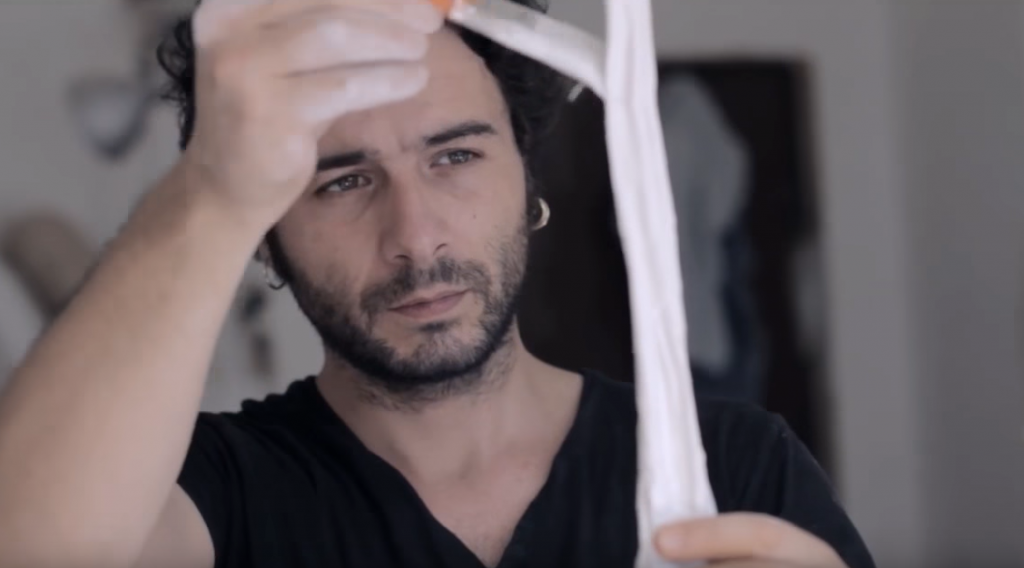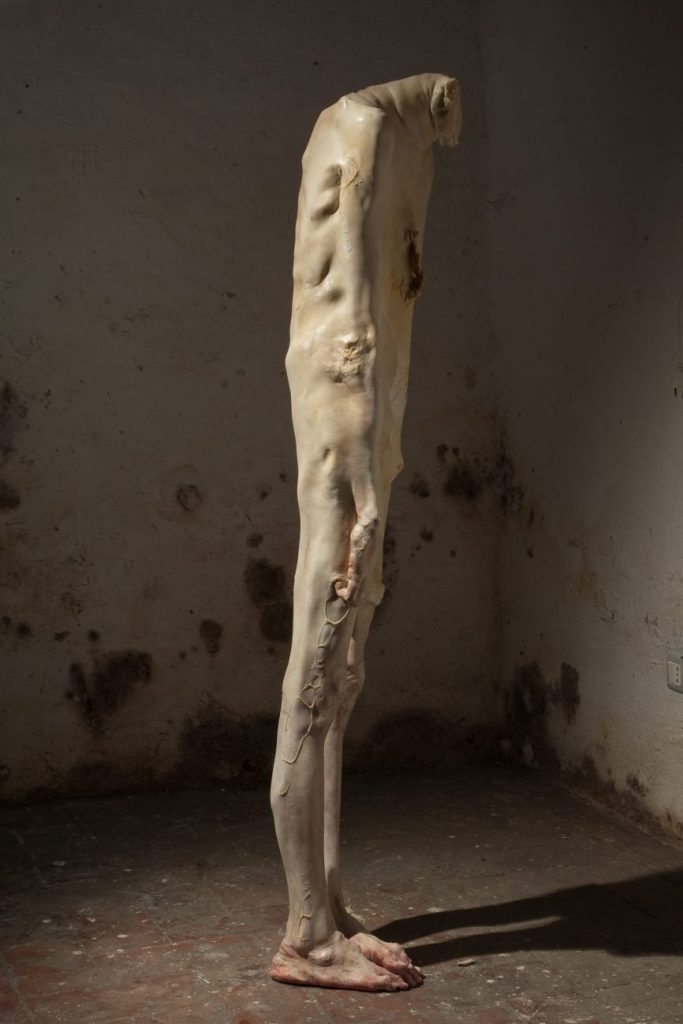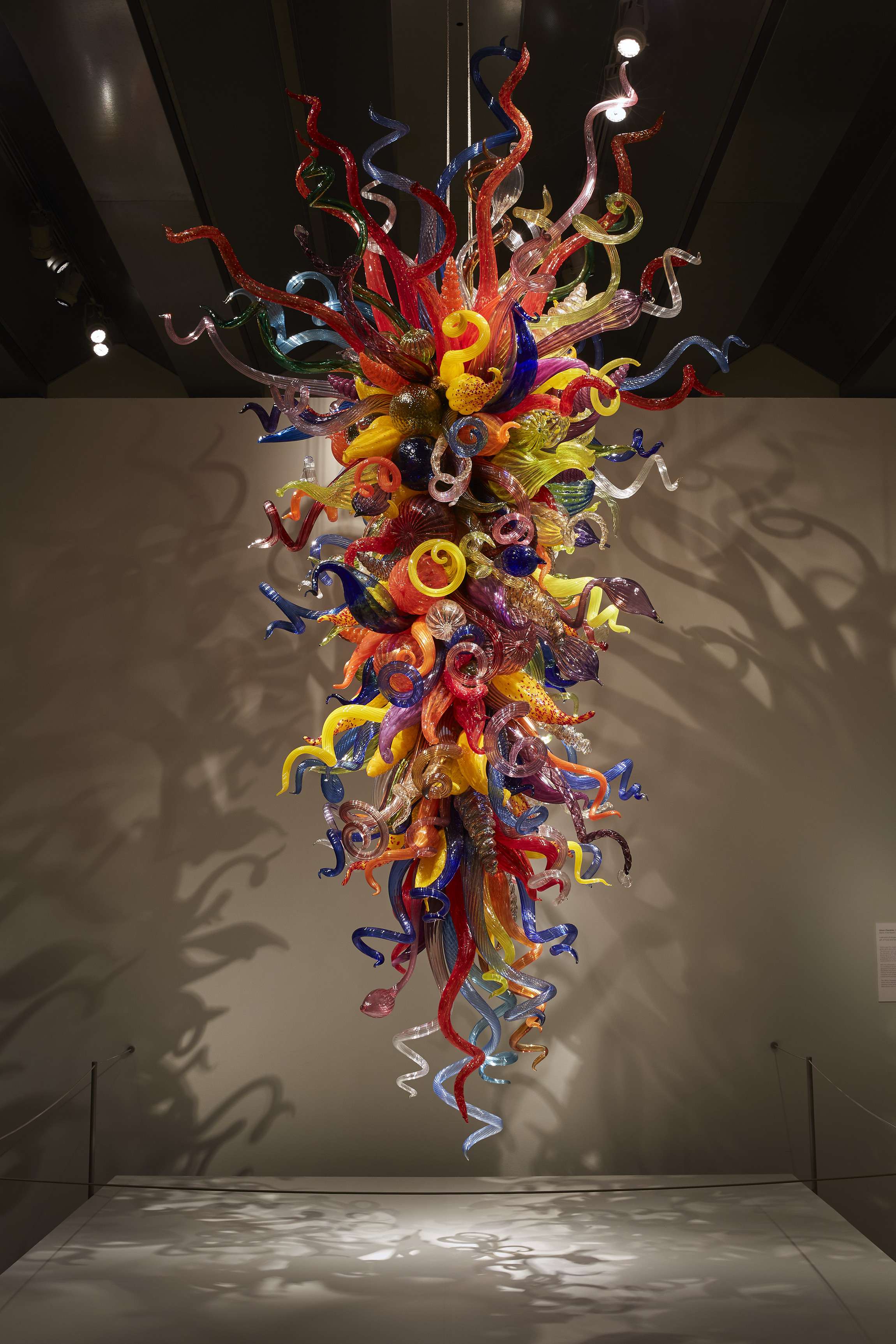
In 1976, the artist known as Francesco Albano was born in the town of Oppido Mamertina located in southern Italy. At the age of 12, Albano was apprenticing underneath the artist Stefano Albano, his father. Francesco started his artistic journey at a young age and developed his art with the guidance of his father. He finished in apprenticeship in 1996 and then joined the Fine Art University of Carrara to finish his studies; which he graduated four years later. He traveled quite a bit after that, though at this time he is based in Buenos Aires. Albano is a pretty accomplished artist. In 2005, he won the National Prize of Arts for one of his sculptures.
Francesco’s art is very visceral and draws in the audience’s attention with its grotesque view of the human body. At first his sculptures seem like a gross perversion of the human form and twists it into an unrecognizable piece made of flesh and bone, but there is so much more to his work and what it is saying about humans to their core. His art explores many themes of mental illness and is basically a visual representation of the emotions of loneliness, emptiness, and fear.
“What deeply interests me is how the physical appearance of the human body can be affected by the psychic and mental state and how the disarray of these states can reshape the body; how it can be annihilated by social pressure, how a specific unrest can deform, distort, void and overfill the body; its container. Through my work, I record experiences and the people around me. My sculptures are fantasies-phantoms that depict desire and emptiness.”
(Bahadur, 2017)
Currently, some of Albano’s artwork is available to purchase. His pieces are being sold for as much as $1,000 to $15,000. https://www.artsy.net/artist/francesco-albano










Albano, F. (2009). TWELVE YEARS AGO NEW YEAR’S FEAST. [online] francesco albano’s blog. Available at: http://albanofrancesco.blogspot.com/ [Accessed 26 Feb. 2020].
Albano, F. (2014). Francesco Albano. [online] Youtube. Available at: https://www.youtube.com/watch?v=478vTmTSF9M [Accessed 26 Feb. 2020].
Artsy.net. (2010). Francesco Albano – 12 Artworks, Bio & Shows on Artsy. [online] Available at: https://www.artsy.net/artist/francesco-albano [Accessed 26 Feb. 2020].
Bahadur, T. (2017). Going Deeper into Fear, Emptiness, Incapability: The Visceral Sculptures of Francesco Albano. [online] On Art and Aesthetics. Available at:
Going Deeper into Fear, Emptiness, Incapability: The Visceral Sculptures of Francesco Albano[Accessed 26 Feb. 2020].















































